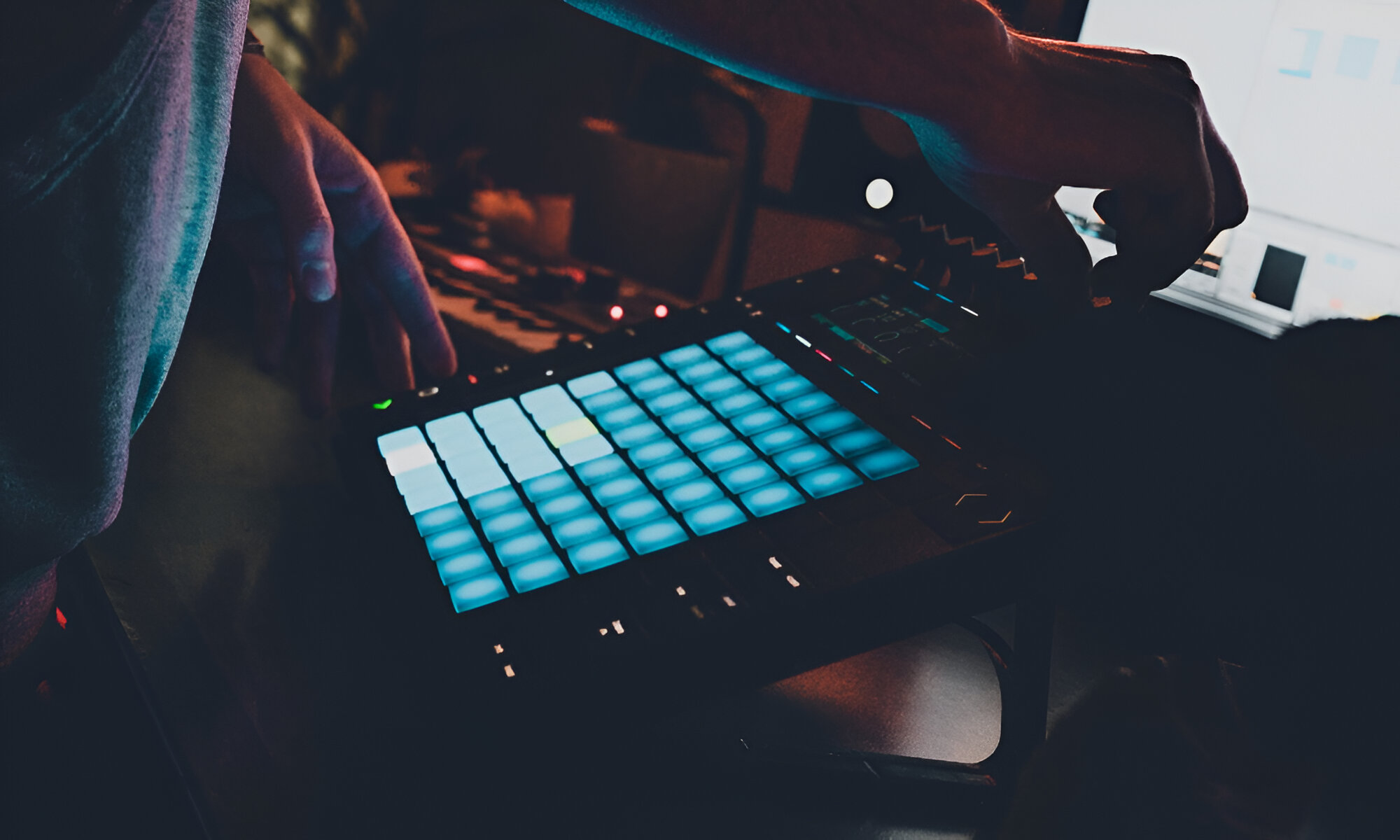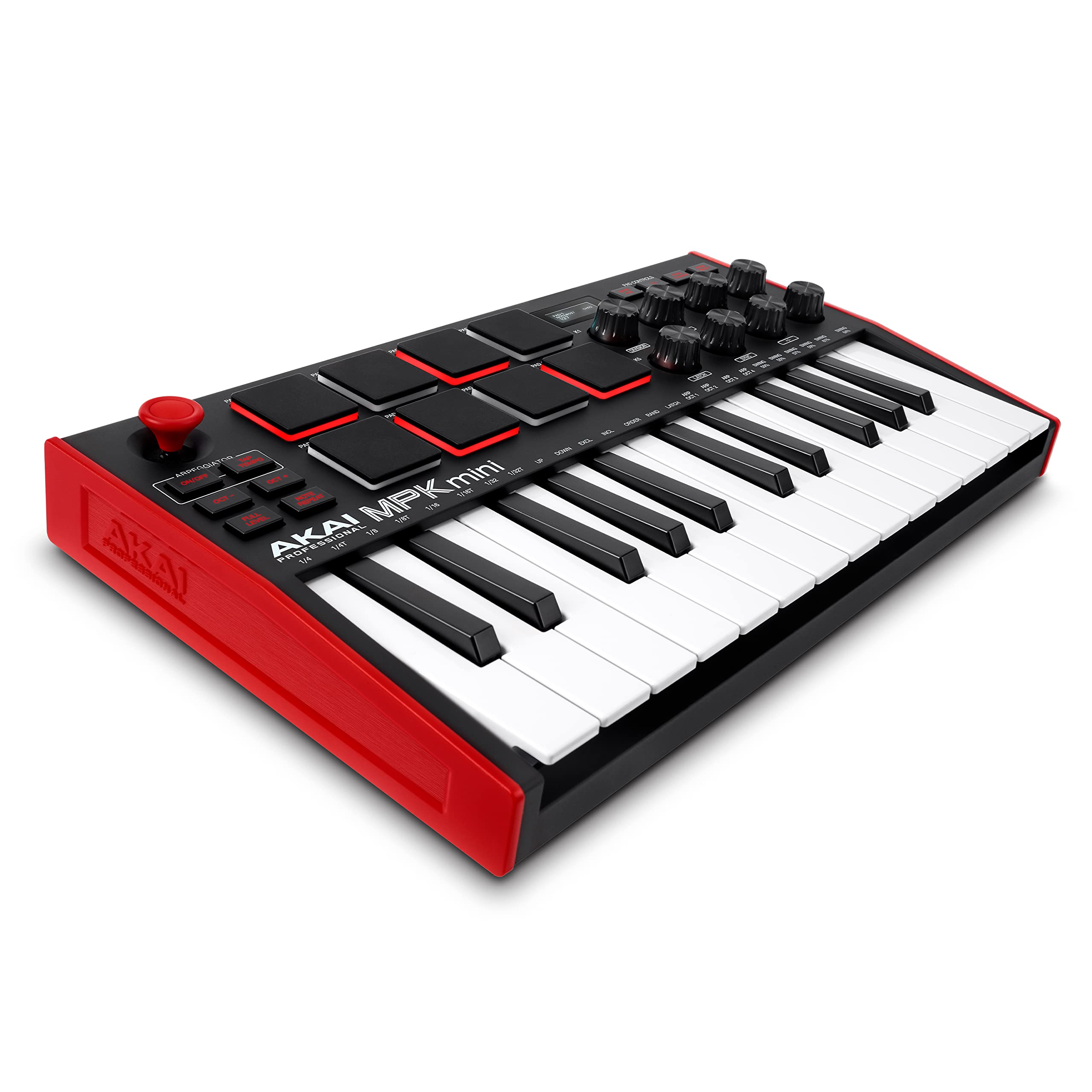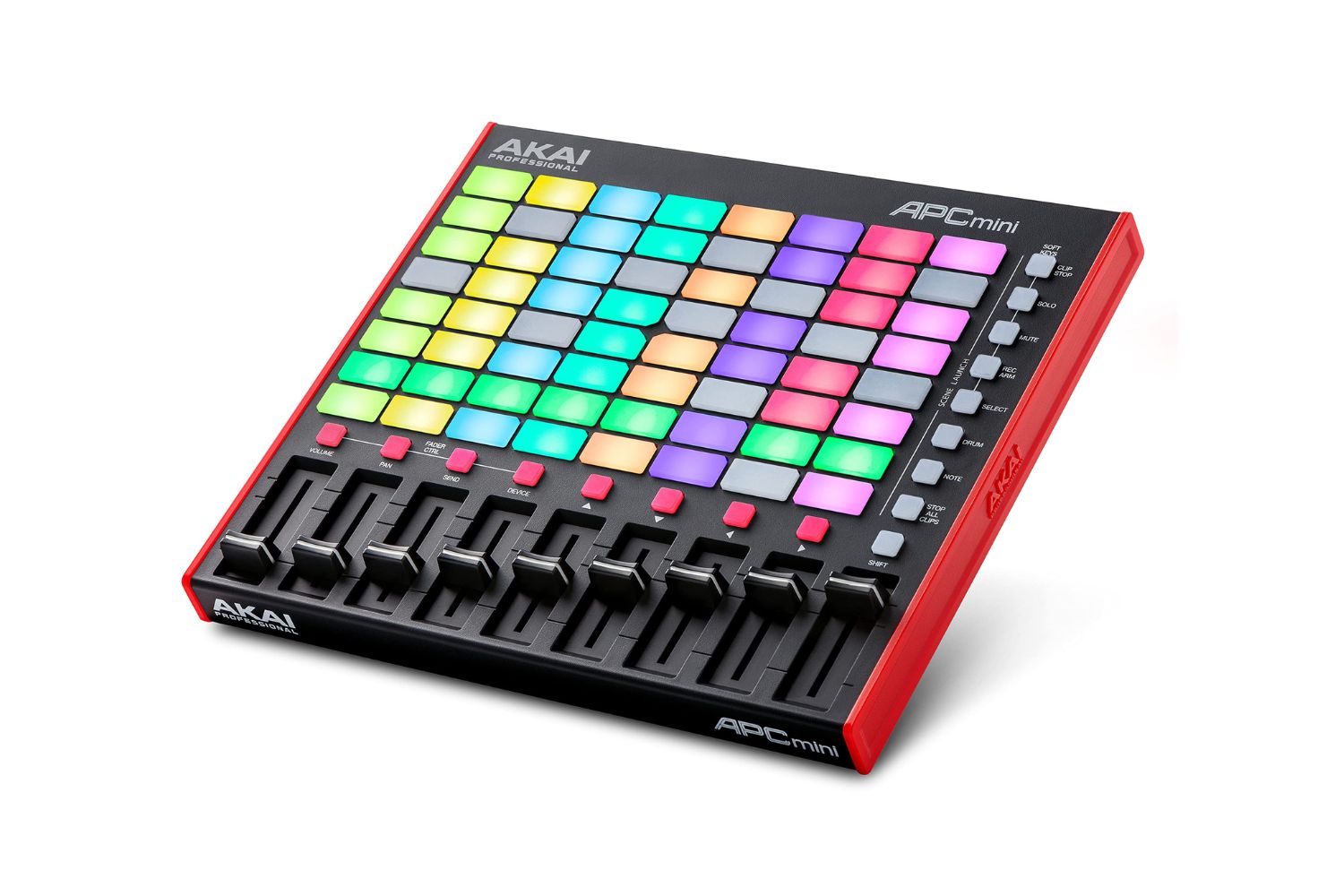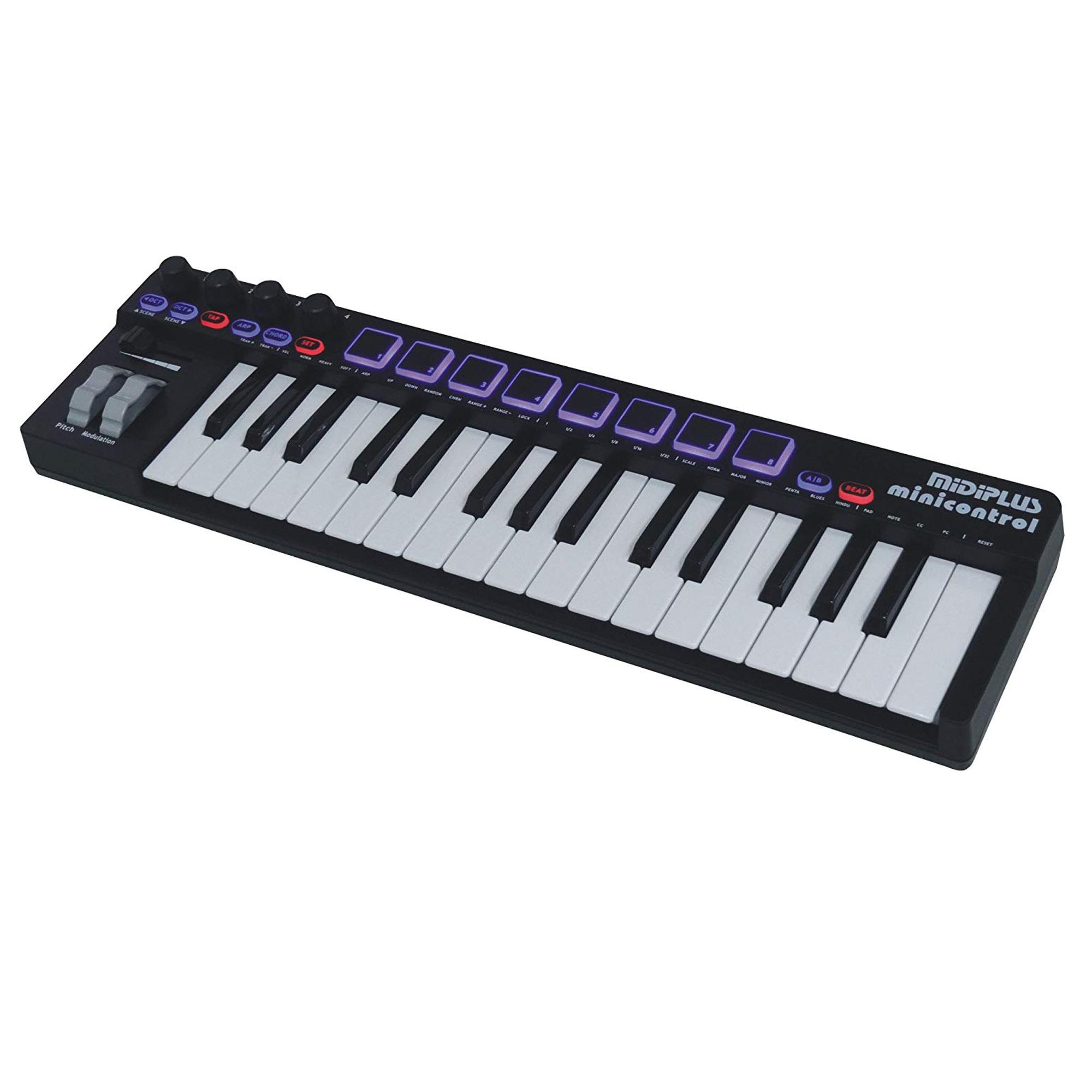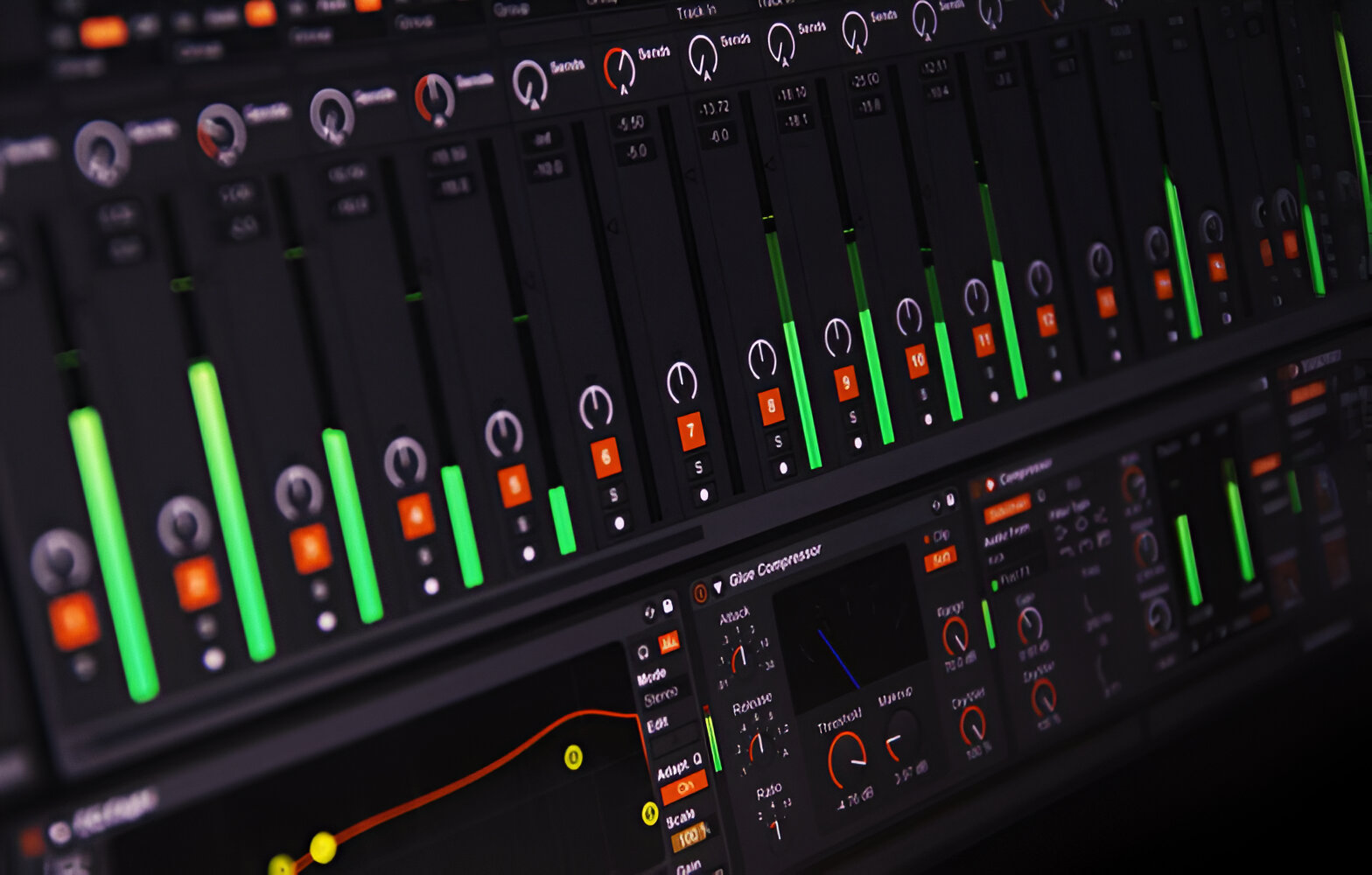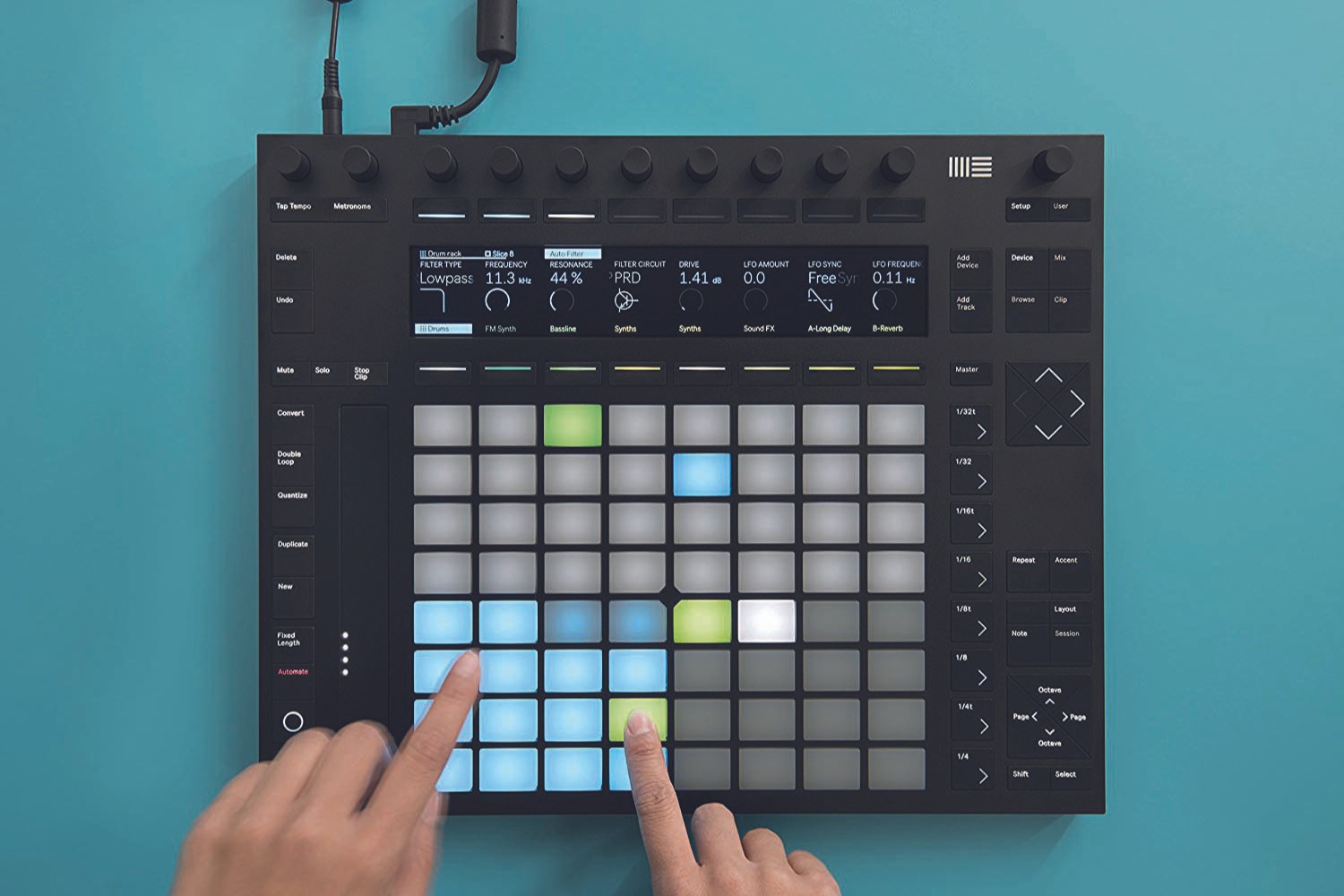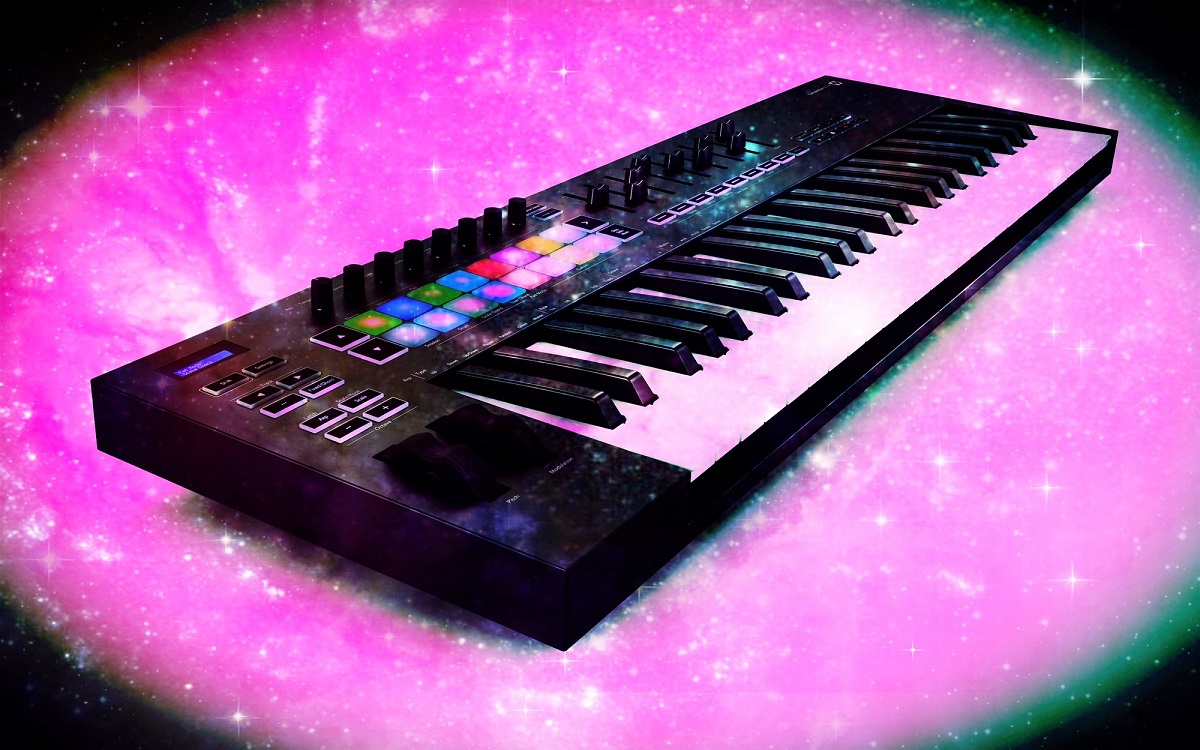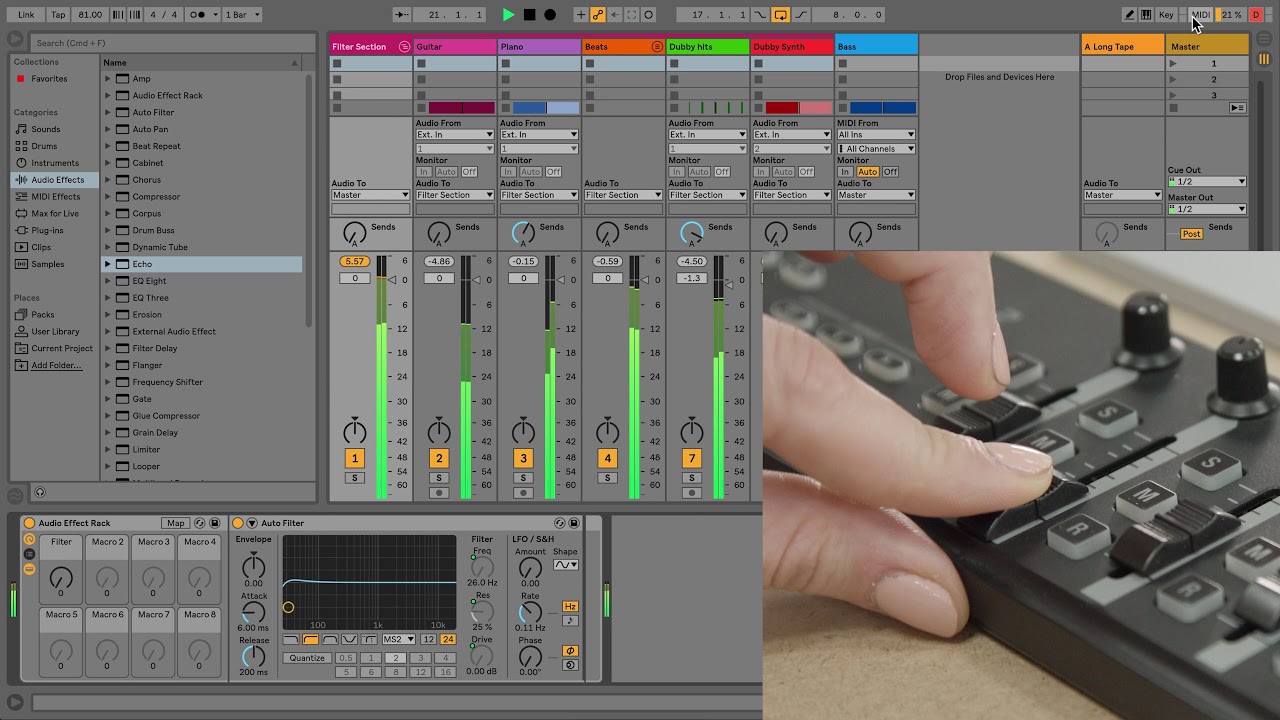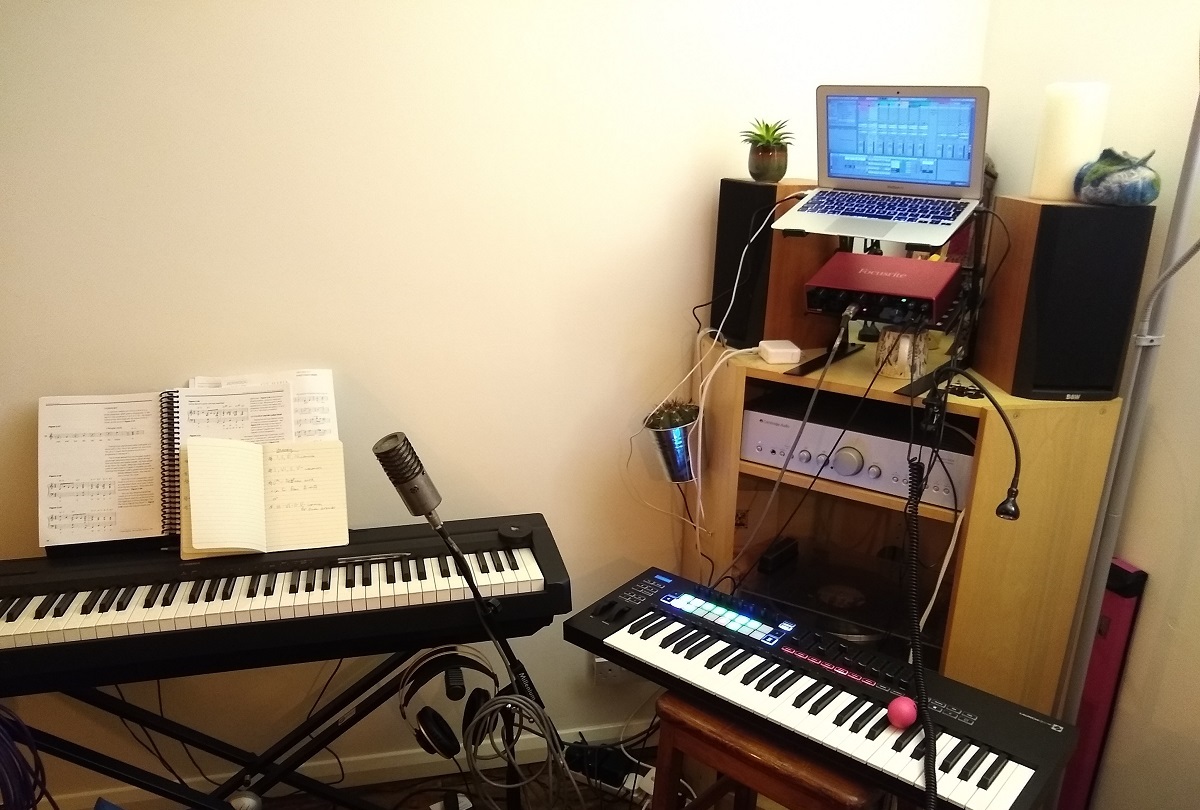Introduction
Understanding the Role of MIDI Interfaces in Music Production
Creating music in the digital age involves a seamless integration of hardware and software, and MIDI interfaces play a pivotal role in this process. These interfaces serve as the bridge between musical instruments, such as keyboards and drum machines, and digital audio workstations (DAWs) like Ableton Live 9. By facilitating the transfer of MIDI data between these devices, MIDI interfaces enable musicians and producers to harness the full potential of their equipment and software.
MIDI, which stands for Musical Instrument Digital Interface, is a universal protocol that allows electronic musical instruments, computers, and other equipment to communicate and synchronize with each other. Instead of transmitting audio signals, MIDI conveys information about musical notes, dynamics, and other performance parameters. This digital "language" is the backbone of modern music production, enabling musicians to record, edit, and playback their performances with precision and flexibility.
In the context of using keyboards and drum machines with Ableton Live 9, MIDI interfaces serve as the crucial link between these instruments and the software. They enable seamless communication, allowing users to trigger sounds, control parameters, and record performances with accuracy and efficiency. Whether you're a seasoned producer or an aspiring musician, understanding the role of MIDI interfaces is essential for optimizing your creative process and achieving professional results.
In this comprehensive guide, we will delve into the intricacies of MIDI interfaces, explore the considerations for choosing the right interface for keyboards and drum machines, and provide practical insights on setting up these interfaces with Ableton Live 9. By the end of this journey, you will have a clear understanding of how MIDI interfaces empower you to unleash the full potential of your musical instruments and production tools. Let's embark on this exploration of MIDI interfaces and their transformative impact on music creation with Ableton Live 9.
Understanding MIDI Interfaces
Before delving into the specifics of MIDI interfaces for keyboards and drum machines, it’s essential to grasp the fundamental role these devices play in modern music production. A MIDI interface serves as a communication hub, facilitating the exchange of MIDI data between musical instruments and a computer or DAW. This data includes information about note events, velocity, pitch, modulation, and other performance parameters, allowing for precise control and manipulation of musical elements.
At its core, a MIDI interface acts as a translator, converting the analog signals generated by musical instruments into digital data that can be processed and manipulated by software. This digital information can then be sent back to the instruments, triggering sounds, effects, and other performance elements. By enabling this seamless bi-directional communication, MIDI interfaces empower musicians and producers to harness the full expressive potential of their instruments within the digital realm.
Modern MIDI interfaces come in various forms, including USB MIDI interfaces, MIDI-to-USB adapters, and dedicated MIDI interface units with multiple input and output ports. These devices often feature low-latency performance, ensuring minimal delay between the input from the musical instrument and the output from the software. Additionally, MIDI interfaces may offer features such as MIDI merge, which allows multiple MIDI sources to be combined into a single stream of data, and MIDI thru, which enables the simultaneous transmission of MIDI data to multiple instruments.
Understanding the capabilities and limitations of MIDI interfaces is crucial for optimizing their use in music production. While these devices provide a versatile means of connecting instruments to a computer, it’s important to consider factors such as compatibility, latency, and the number of input and output ports when selecting a MIDI interface for specific musical applications. With this foundational knowledge in place, we can now explore the considerations for choosing MIDI interfaces tailored to the unique requirements of keyboards and drum machines.
Choosing a MIDI Interface for Keyboards
When selecting a MIDI interface for keyboards, several factors come into play to ensure seamless integration and optimal performance. Keyboards, ranging from compact MIDI controllers to full-fledged digital pianos, require MIDI interfaces that cater to their specific connectivity needs and performance capabilities.
One of the primary considerations when choosing a MIDI interface for keyboards is the type of MIDI connections supported by the instrument. While many modern keyboards feature USB MIDI connectivity, some may still rely on traditional 5-pin MIDI connections. As such, it’s crucial to select a MIDI interface that aligns with the available input and output options on the keyboard. For keyboards equipped with USB MIDI, a simple USB MIDI interface may suffice, providing a direct and hassle-free connection to the computer or DAW.
For keyboards with traditional 5-pin MIDI ports, a dedicated MIDI interface with 5-pin DIN connectors becomes essential. These interfaces often offer multiple input and output ports, accommodating the connectivity needs of multiple keyboards or other MIDI-equipped instruments. Additionally, features such as MIDI merge and thru can be advantageous when integrating multiple keyboards into a cohesive MIDI setup, allowing for simultaneous control and performance across different instruments.
Another crucial aspect to consider is the MIDI interface’s compatibility with the computer or DAW software being used. While most modern MIDI interfaces are designed to be plug-and-play compatible with major operating systems and DAWs, it’s important to verify compatibility to avoid any potential compatibility issues or driver conflicts. Additionally, the MIDI interface’s latency performance should be evaluated to ensure minimal delay between playing a note on the keyboard and hearing the corresponding sound from the software.
Furthermore, for keyboardists seeking enhanced control and expression, MIDI interfaces with additional features such as assignable control knobs, faders, and expression pedal inputs can offer expanded creative possibilities. These features enable real-time manipulation of software parameters, allowing for dynamic and expressive performances that transcend the limitations of traditional keyboard setups.
By carefully considering the connectivity options, compatibility, latency performance, and additional features, keyboardists can select MIDI interfaces that seamlessly integrate their instruments with the digital realm, empowering them to explore new sonic horizons and elevate their musical creations.
Choosing a MIDI Interface for Drum Machines
When it comes to selecting a MIDI interface for drum machines, several key considerations come into play to ensure seamless integration and optimal performance. Drum machines, whether hardware-based or software-driven, require MIDI interfaces that cater to their specific connectivity needs and performance capabilities, enabling users to harness the full potential of these rhythmic powerhouses.
One of the primary factors to consider when choosing a MIDI interface for drum machines is the connectivity options provided by the drum machine itself. Many modern drum machines feature USB MIDI connectivity, allowing for direct and straightforward integration with a computer or DAW. In such cases, a USB MIDI interface can serve as a simple and efficient means of connecting the drum machine to the digital production environment.
For drum machines equipped with traditional 5-pin MIDI ports, a dedicated MIDI interface with 5-pin DIN connectors becomes essential. These interfaces often offer multiple input and output ports, accommodating the connectivity needs of both the drum machine and other MIDI-equipped instruments or controllers within the setup. Additionally, features such as MIDI merge and thru can be advantageous when integrating multiple MIDI devices, enabling seamless communication and synchronization across the entire musical ecosystem.
Compatibility with the computer or DAW software being used is another critical consideration when selecting a MIDI interface for drum machines. Ensuring plug-and-play compatibility with the operating system and DAW of choice is essential to avoid any potential compatibility issues or driver conflicts. Additionally, evaluating the MIDI interface’s latency performance is crucial, as it directly impacts the responsiveness and timing accuracy of triggering drum sounds and patterns from the software.
Furthermore, drum machine enthusiasts seeking enhanced performance control and creative expression may benefit from MIDI interfaces with additional features such as assignable pads, knobs, and faders. These features enable real-time manipulation of drum sounds and parameters, allowing for dynamic and expressive performances that transcend the limitations of traditional drum machine setups. Additionally, MIDI interfaces with extensive MIDI mapping capabilities can offer unparalleled flexibility in assigning and controlling various parameters within the DAW environment.
By carefully considering the connectivity options, compatibility, latency performance, and additional features, users can select MIDI interfaces that seamlessly integrate their drum machines with the digital production environment, empowering them to explore new rhythmic frontiers and elevate their musical compositions with precision and flair.
Setting Up the MIDI Interface with Ableton Live 9
Once you have chosen the appropriate MIDI interface for your keyboards or drum machines, the next crucial step is to set up the interface with Ableton Live 9, ensuring seamless communication and integration between your hardware instruments and the powerful digital audio workstation. Ableton Live 9 offers robust MIDI capabilities, allowing users to harness the full potential of their MIDI instruments and controllers within a dynamic and flexible production environment.
The first step in setting up the MIDI interface with Ableton Live 9 involves connecting the interface to your computer and ensuring that the necessary drivers, if any, are installed and up to date. Whether you’re using a USB MIDI interface or a dedicated MIDI interface with 5-pin DIN connectors, establishing a stable and reliable connection is paramount to the success of the setup process.
Once the MIDI interface is connected and recognized by your computer, the next step is to configure Ableton Live 9 to recognize and communicate with the interface. Within Ableton Live’s preferences, navigate to the “MIDI/Sync” tab, where you can select the MIDI input and output ports associated with your MIDI interface. This step ensures that Ableton Live is actively listening to and sending MIDI data to the connected instruments via the interface.
After configuring the MIDI input and output settings, it’s essential to create MIDI tracks within Ableton Live to correspond with your connected instruments. By adding MIDI tracks and selecting the appropriate input and output routing for each track, you establish the communication channels through which Ableton Live sends and receives MIDI data to and from your keyboards or drum machines via the MIDI interface.
Furthermore, Ableton Live’s MIDI mapping capabilities enable users to assign MIDI control parameters, such as knobs, faders, and pads on their instruments, to various functions and parameters within the software. This powerful feature allows for extensive customization and real-time control, empowering users to tailor their MIDI instruments to their specific production workflows and performance needs.
Once the MIDI interface is set up and configured within Ableton Live 9, users can begin exploring the boundless creative possibilities that arise from the seamless integration of hardware instruments with the software environment. Whether it’s triggering virtual instruments, recording expressive performances, or manipulating sound parameters in real time, the cohesive union of MIDI instruments and Ableton Live 9 opens the door to a world of musical innovation and artistic expression.
Conclusion
Embarking on the journey of integrating MIDI interfaces with keyboards and drum machines for use with Ableton Live 9 unveils a world of boundless creative potential and seamless musical expression. The understanding of MIDI interfaces as the essential conduits for translating musical performances into the digital realm is foundational to optimizing the capabilities of these versatile devices.
By carefully considering the specific connectivity needs, compatibility requirements, and performance features of MIDI interfaces for keyboards and drum machines, musicians and producers can select the ideal interfaces that seamlessly integrate their instruments with the digital production environment. Whether it’s the tactile expressiveness of a keyboard performance or the rhythmic precision of a drum machine composition, MIDI interfaces serve as the enablers of fluid and dynamic interaction between hardware instruments and Ableton Live 9.
The process of setting up MIDI interfaces with Ableton Live 9 involves establishing stable connections, configuring MIDI input and output settings, and leveraging the software’s MIDI mapping capabilities to tailor the user experience to individual preferences. This integration fosters a harmonious relationship between hardware instruments and the software, empowering users to unleash their creative visions and musical innovations with precision and flair.
As technology continues to advance and music production evolves, MIDI interfaces remain steadfast in their role as the linchpins of seamless communication and expressive control between musicians, their instruments, and the digital realm. The transformative impact of MIDI interfaces on the music creation process is undeniable, offering a gateway to a world of sonic exploration and artistic realization.
In conclusion, the synergy between MIDI interfaces, keyboards, drum machines, and Ableton Live 9 transcends the boundaries of traditional music production, opening doors to new realms of creativity and sonic manipulation. With a deep understanding of MIDI interfaces and their integration with Ableton Live 9, musicians and producers are empowered to craft immersive musical experiences that resonate with depth and ingenuity.







